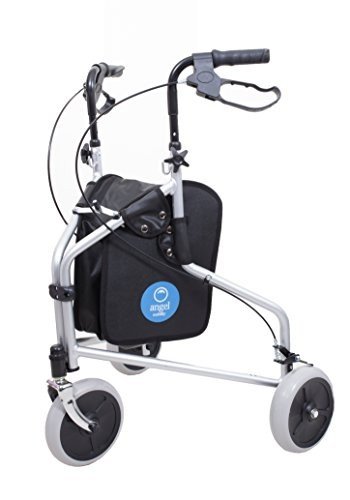25 Unexpected Facts About Disabled Scooters Near Me
Mobility Scooters: A Comprehensive Guide
Mobility scooters have become an important mode of transportation for numerous people dealing with mobility obstacles. This article checks out the different facets of mobility scooters, including their types, benefits, functions, and a guide for potential buyers.
Understanding Mobility Scooters
Mobility scooters are electrically powered devices designed for individuals with minimal mobility. They provide a means of transport for people who may have trouble strolling but still desire to maintain their independence. They come in various designs and features to accommodate a vast array of requirements.
Types of Mobility Scooters
Mobility scooters can usually be classified into 3 primary types:
Type
Description
Best For
Compact Scooters
These are small and lightweight, ideal for inside your home and short journeys.
Users with restricted storage space or those who take a trip typically.
Mid-size Scooters
A balance between portability and stability, ideal for both indoor and outside use.
Those who require to cover a range of terrains.
Durable Scooters
Big and robust, created for rugged outside use and heavier individuals.
Users needing extra weight capacity or going off-road.
Secret Features of Mobility Scooters
The option of mobility scooter often depends on the functions that line up with individual needs. Here are some of the essential functions to consider:
Weight Capacity: Mobility scooters feature different weight limits. It is essential to choose a scooter that can properly support the user's weight.
Variety: The range a scooter can take a trip on a single charge varies. Depending upon user needs, one might select scooters with a variety of as much as 40 miles.
Speed: Most mobility scooters can reach speeds in between 4 to 8 miles per hour. Consider what speed is comfy and safe for the desired environment.
Turning Radius: A compact turning radius is essential for indoor usage, permitting easier navigation in tight areas.
Battery Type: The type of batteries used can impact the scooter's performance. Lead-acid and lithium-ion batteries are the most common.
Advantages of Using Mobility Scooters
The advantages of mobility scooters extend beyond just transportation. Some essential advantages include:
Independence: Users can navigate their environment without relying on caretakers, promoting independence and self-esteem.
Health Benefits: Using a scooter can encourage outdoor activity, causing physical and psychological health enhancements by decreasing sensations of seclusion.
Convenience: Scooters can quickly be operated in numerous environments, whether inside, in shopping malls, or outdoors.
Important Considerations When Buying a Mobility Scooter
When purchasing a mobility scooter, several considerations can assist make sure that you choose the right design:
Assess Individual Needs:
- Mobility level: Consider just how much assistance the individual will require.
- Variety of usage: Determine where the scooter will mostly be used (indoors, outdoors, on rough surfaces, etc).
Test Drive:
- Always test drive numerous designs to discover an appropriate fit. Focus on comfort, ease of steering, and the scooter's responsiveness.
Evaluation Safety Features:
- Look for scooters with adequate safety features like lights, indicators, and anti-tip designs.
Examine Warranty and Service Options:
- A reliable guarantee and offered service options are vital for long-term use.
Frequently Asked Questions about Mobility Scooters
**1. How fast do mobility scooters go? artieviano.top have speeds varying from 4 to 8 mph, with most designed for safety rather than high-speed travel. 2. Exist weight limitations on mobility scooters?Yes, mobility
scooters come with specific weight limitations, frequently varying from
250 lbs to over 500 pounds, depending on the model. 3. Can mobility scooters be used indoors?Certain models, especially compact scooters, are specifically created for
**indoor usage and are much easier to steer in tight areas. 4. How typically do the batteries need to be replaced?Battery life can differ based on use, but usually, with appropriate care, batteries may last in between 1 to 3 years before requiring replacement
**. 5. Are mobility scooters covered by insurance?Coverage can differ, but some insurance strategies, including Medicare and Medicaid, may cover part of the expense. It's suggested to contact specific insurance companies. Mobility scooters function as a
important tool for many individuals, enabling them to keep
their freedom and self-reliance. By comprehending the various types and functions of mobility scooters, people can make educated choices tailored to their specific requirements.
Whether used for errands, interacting socially, or leisurely activities, mobility scooters can enhance the lifestyle for those with mobility restrictions. Buying a mobility scooter is a choice that can considerably impact a person's every day life. Therefore, individuals should thoroughly evaluate their alternatives and pick a model that best lines up with their way of life and mobility requirements
.  ******
******